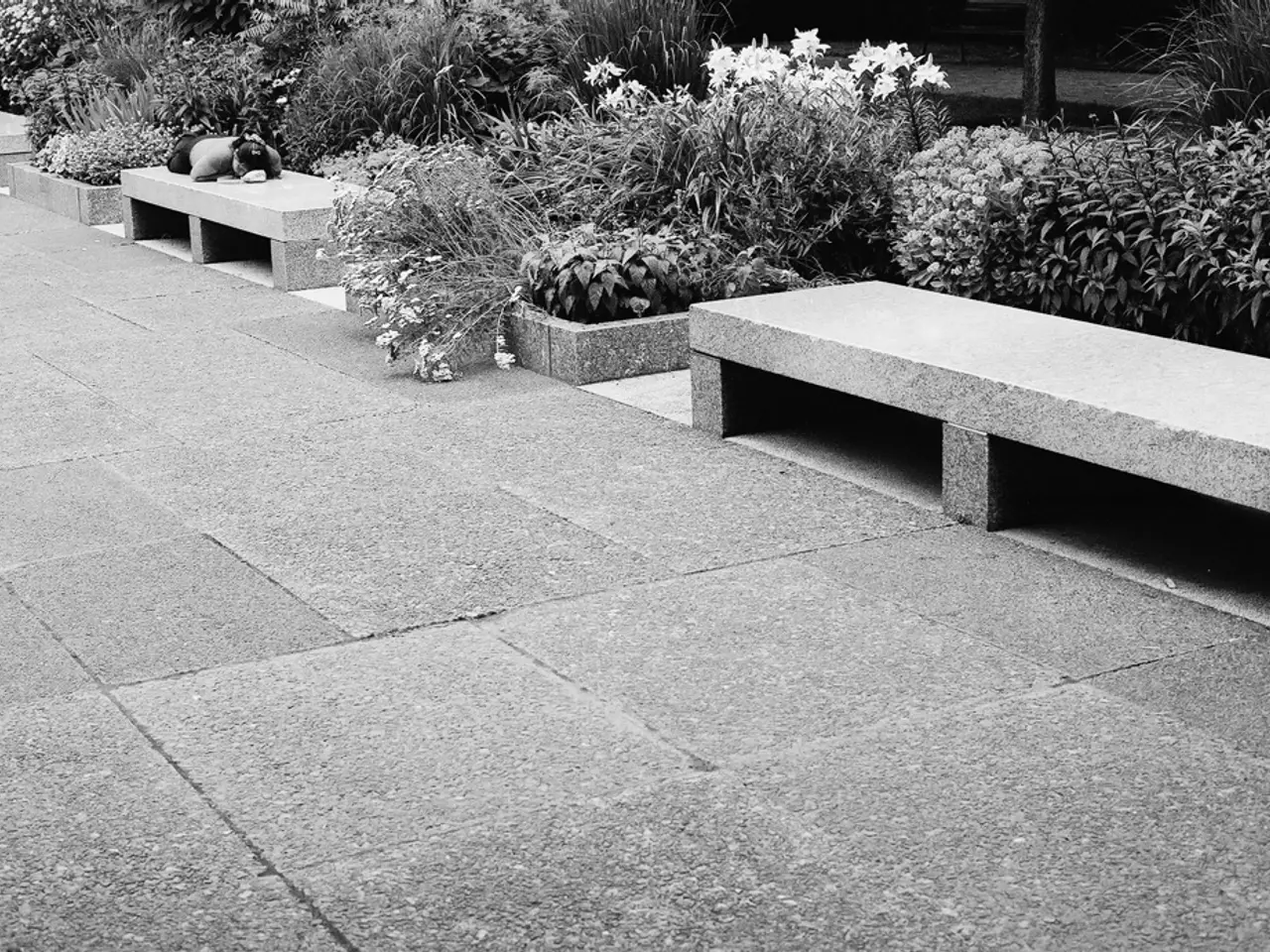Crafting Hidden Oases: Discovering Hidden Gems in Your Garden
**Expanding Outdoor Living: The Garden Room Concept**
In the realm of landscape architecture, a garden room is a captivating design element that merges the comforts of indoor spaces with the beauty of the outdoors. By creating a seamless transition between the built environment and nature, garden rooms offer a versatile and stylish way to extend living spaces outdoors.
**A Multifaceted Extension of Indoor Spaces**
The purpose of a garden room is multifold: it allows individuals to connect with nature while enjoying the comforts usually found indoors, such as shelter from the elements and modern amenities. Garden rooms can serve as home offices, dining areas, or private retreats, catering to various needs and preferences.
**Embracing Nature and Aesthetics**
Garden rooms enhance the visual appeal of a garden by blending natural and built elements harmoniously. Materials like sustainable cladding and large windows are often used to bring the outdoors in, creating a harmonious blend of indoor and outdoor spaces.
**Designing for Function and Flexibility**
When designing a garden room, several key factors are considered. The structure should blend seamlessly with its surroundings, using natural materials and thoughtful placement to create a sense of continuity with the garden. Functional zoning is also crucial, ensuring that the garden room serves its intended purpose effectively.
**A Rich History and Enduring Influence**
The idea of designing a garden with separate spaces has a long history in garden design, dating back to at least the Romans. Notable examples include England's Hidcote Manor and Sissinghurst Castle, both famed for their gardens divided into separate rooms. Hidcote Manor, developed by Lawrence Johnston, is considered to have been a strong influence on Sissinghurst.
Sissinghurst, developed over a 30-year period by Vita Sackville-West and her husband Harold Nicolson, is famously arranged into separate rooms, including the white garden, the rose garden, the herb garden, the lime walk, and the cottage garden. The concept of a garden room is also evident in the Veddw House Garden in Wales, a world-renowned example of a garden using the room concept.
**Creating a Sense of Mystery and Discovery**
Small yards can appear larger when broken up into different rooms. A pathway can enhance the sense of discovery and mystery in a garden, leading the eye from one room to another. A focal point, such as a statue, fountain, or specimen shrub or plant, can draw the eye down a path, adding an element of intrigue to the design.
**Privacy and Summer Entertaining**
A small lawn area, dubbed "the greens," can be a part of a garden room design in a small yard. This space can be used for various activities, such as relaxation, entertainment, or work, and can also provide privacy for features like a hot tub, perfect for summer entertaining.
In conclusion, the garden room concept offers a versatile and stylish way to expand living spaces outdoors while maintaining a connection to nature. By designing gardens with separate rooms, we create spaces that are not only visually appealing but also functional, flexible, and filled with a sense of mystery and discovery.
- A lifestyle approach to home-and-garden design can incorporate interior-design principles into outdoor spaces, such as garden rooms, which provide a blend of nature and modern conveniences for various purposes like home offices, dining areas, or personal retreats.
- Embracing an aesthetic that seamlessly merges indoor and outdoor spaces, gardening can involve the use of sustainable materials and large windows for a harmonious blend within the garden room, reflecting the wider home-and-garden lifestyle trend.




